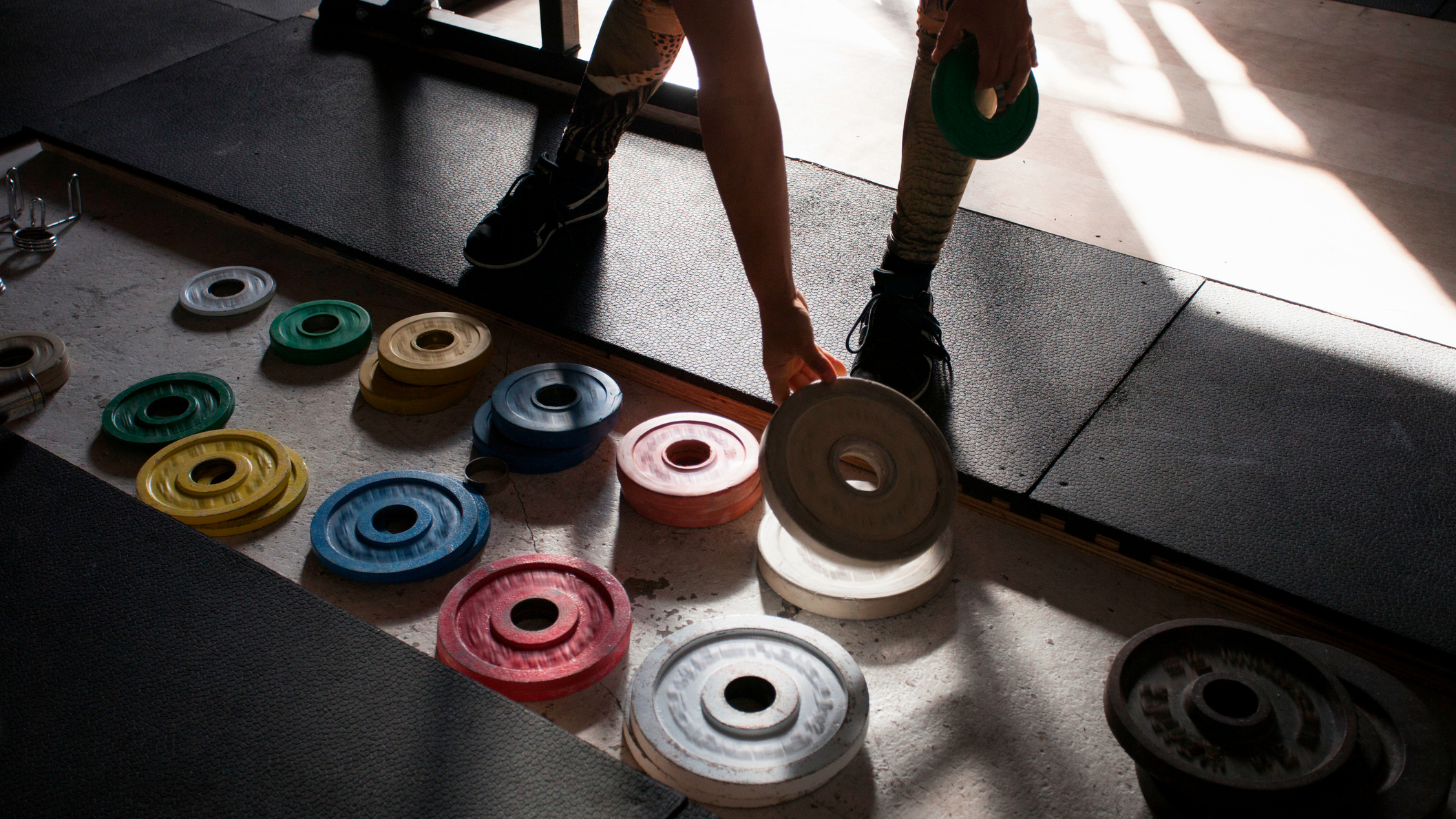The Biggest Progressive Overload Mistakes And How To Avoid Them
Progressive overload is the key to building muscle and getting stronger, but it’s easy to get wrong. Here are four mistakes gym-goers often make

Progressive overload is a term you’ll hear if you hang around with dedicated gym-goers who lift weights. It’s unlikely you’ll hear it from people who have just started though.
“When you first go to the gym, you get those newbie gains,” says Mark Bohannon, a personal trainer at body-transformation specialist Ultimate Performance. “For the first few weeks, you get stronger and stronger, and then it becomes easy and you realise you’ve hit a plateau.” This is when you need to start using progressive overload techniques, Bohannon says. It’s a simple idea to understand: Gradually increase the stimulus on the muscle to force it to adapt.
Do this and you’ll keep experiencing the benefits of resistance training. “The main benefits are going to be increasing the amount of muscle that you have,” says Bohannon, “an increase in strength, and the final benefit will be increasing the amount of tolerance that the muscle can take, meaning you’re increasing endurance.”
Simple, right? But like anything there are pitfalls to avoid, so we asked Bohannon to share the most common progressive overload mistakes.
1. Just Changing The Weight
“Progressive overload doesn’t always have to be more weight in the bar—it could be more reps,” says Bohannon. “One week you lifted 50kg for eight reps. The next week, you might do nine reps. That’s still progressive overload. Maybe you’ve been doing 60kg for three sets, then you might increase it to four sets. That’s progressive overload. You can decrease the amount of rest between sets. That also is progressive overload. You could change the tempo, you can make the exercise slower to increase the amount of time that the muscle is working—again, that’s progressive overload.”
2. Changing The Tempo To Lift More Weight
“The rep needs to be standardized and consistent as well as the weight increasing in order for progressive overload to happen,” says Bohannon. “Let’s say you’re lifting with a tempo where it’s two seconds down, one second pause, one concentric and one at the top (a 2111). If we’re then speeding up the tempo just to lift more weight, then progressive overload doesn’t occur.”
3. Overloading Too Quickly
You need to overload, but not too quickly. Shifting to a heavier weight or increasing the reps before you’re ready could hinder your progress, and you could injure yourself.
Get the Coach Newsletter
Sign up for workout ideas, training advice, reviews of the latest gear and more.
So how do you know you’re ready to move to a heavier weight? “If you’re aiming for 12 reps of a particular weight and you can perform all 12 reps with perfect form and tempo, and the last two or three reps don’t really challenge you or if it’s not a bit of struggle to maintain perfect form and tempo for those last few reps of the set, it’s time to move up a weight,” says Bohannon.
He stresses that even if you’re feeling comfortable, it is important to move up in weight gradually.
“If you find that going up a weight, even gradually, causes you to lose form or it feels a bit too heavy, you may wish to consider slowing down either the eccentric portion of the lift, or the amount of time spent resting, with the weight you’re comfortable with,” he says. “Manipulating those variables will make the move tougher to execute without having to physically lift a heavier weight.”
4. Changing Your Workouts Every Week
“What some people will do is change the workout every single week,” says Bohannon. “So how do you know if you have progressed or not? Periodize and plan your training. Rather than go in and try to wing it for each individual workout, set out a plan for the next four to six weeks on what you’re looking to achieve.
“After a period of time, look back. You started at point A and now you’re at point B in this same workout. If you’re lifting more weight, doing more reps or doing more sets—whatever it is—progressive overload has occurred.”
You can plan this all yourself, or pay a professional to handle it for you. The midway point is to use one of our gym training plans which advises on how to progress each week. This workout plan for muscle gain is a great example.

Lois Mackenzie is a fitness writer working on news, features, reviews and buying guides for Coach and sister site Fit&Well. Lois is a hill walker and avid runner who has just completed her first marathon. Before joining Coach, Lois worked as a senior SEO reporter at Newsquest Media Group.
